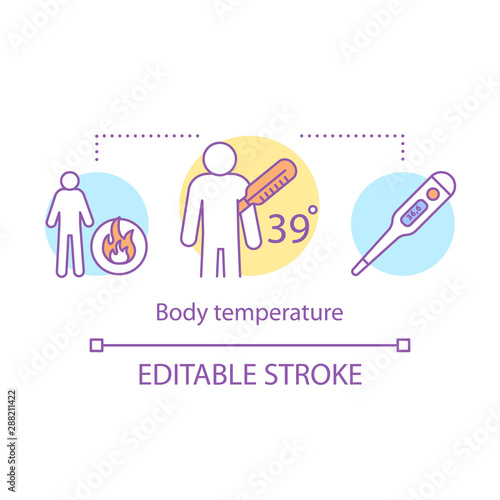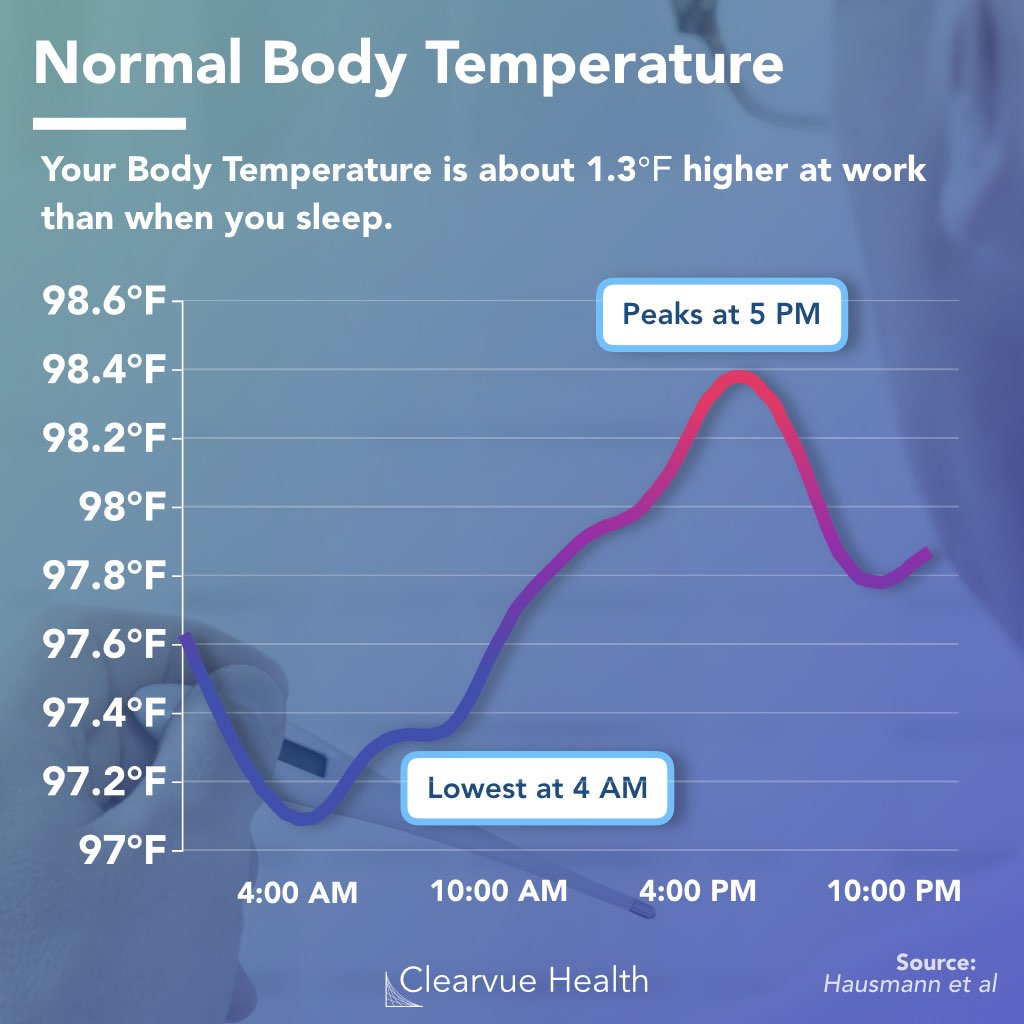The normal body temperature for an adult is around 986f 37c but every persons baseline body temperature is slightly different and may consistently be a little higher or lower. The normal body temperature of a person varies depending on gender recent activity food and fluid consumption time of day and in women the stage of the menstrual cycle. The normal human body temperature range is typically stated as 365375 c 977995 f. Age in children over 6 months daily temperature can vary by 1 to 2 degrees person. In 1851 a german physician called carl reinhold august wunderlich surveyed 25000 people in one city and established that 37c is the standard temperature of the human body. A body temperature reading thats.
The normal temperature can vary due to. Your normal temperature may actually be 1f 06c or more above or below this. It depends on sex age time of day exertion level health status such as illness and menstruation what part of the body the measurement is taken at state of consciousness waking sleeping sedated and emotions. This number is only an average. The normal temperature range is approximately between 366 c and 380 c. Human body temperature varies.
The average normal body temperature is 986f 37c. Normal body temperature can range from 978 degrees f or fahrenheit equivalent to 365 degrees c or celsius to 99 degrees f 372 degrees c for a healthy adult. This is an average of normal body temperatures. Taking a rectal measurement is the most reliable way to obtain a core temperature value. Normal body temperature most people think a normal body temperature is an oral temperature by mouth of 986f 37c. For a typical adult body temperature can be anywhere.
A german doctor in the 19 th century set the standard at 986 f but more recent studies say the baseline for most people is closer to 982 f. You may have heard that the normal body temperature is 986f 37c. Time of day often highest in the evening which type of measurement was taken oral rectal forehead or armpit you need to have an accurate temperature measurement to determine if a fever is present. Result variation with this type of measurement is low and the precision is particularly high. Your body temperature may be slightly higher or lower.




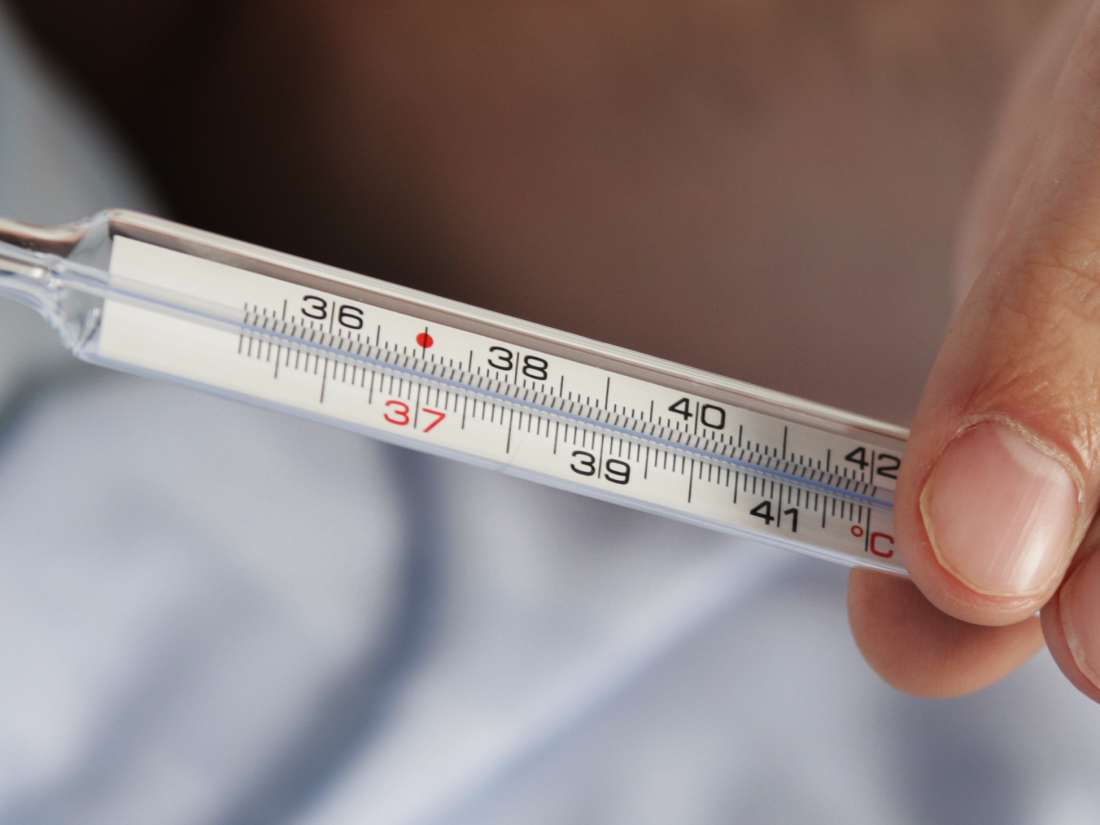
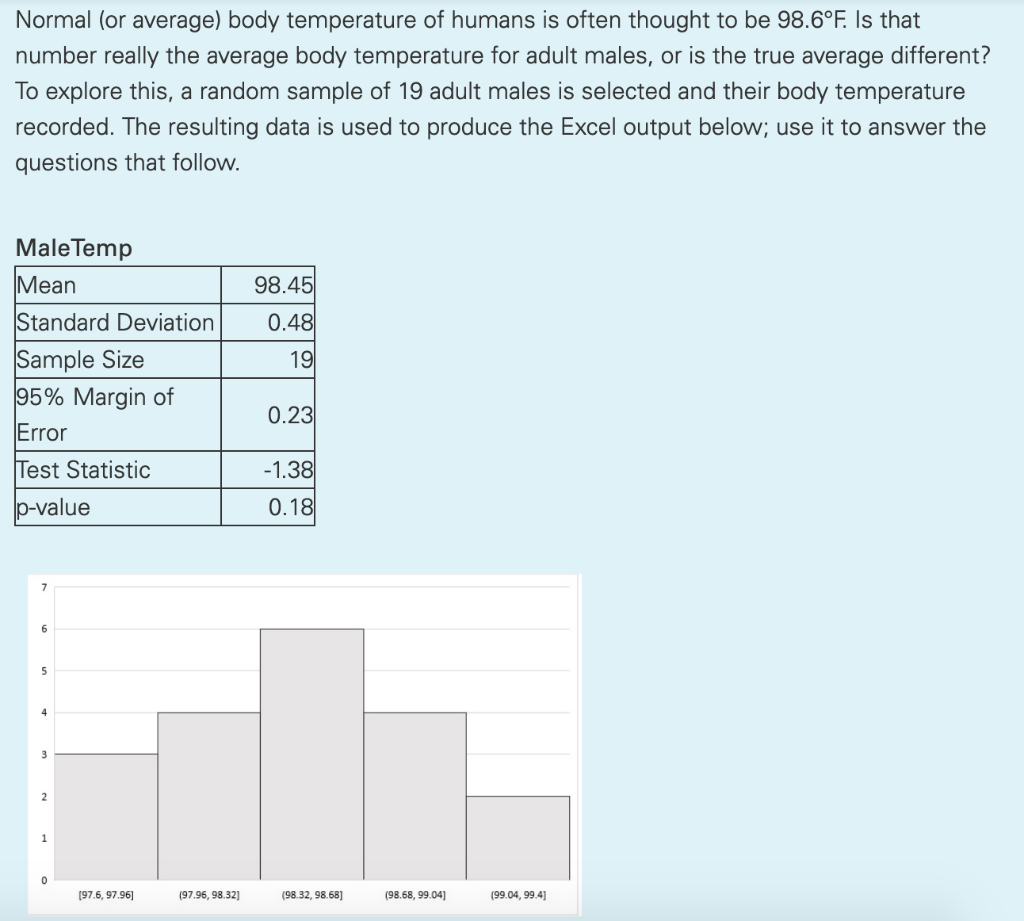
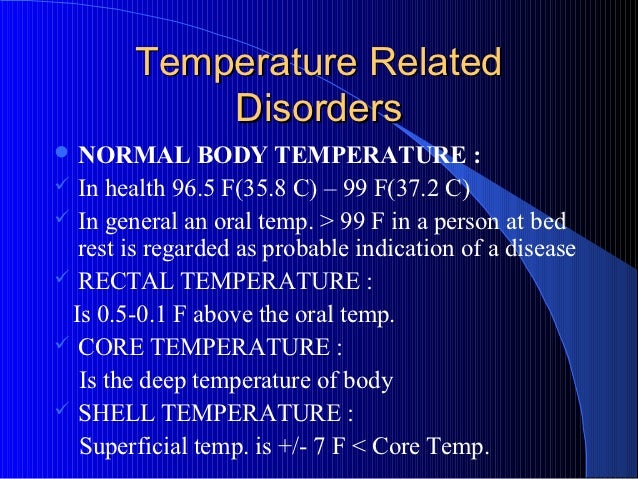

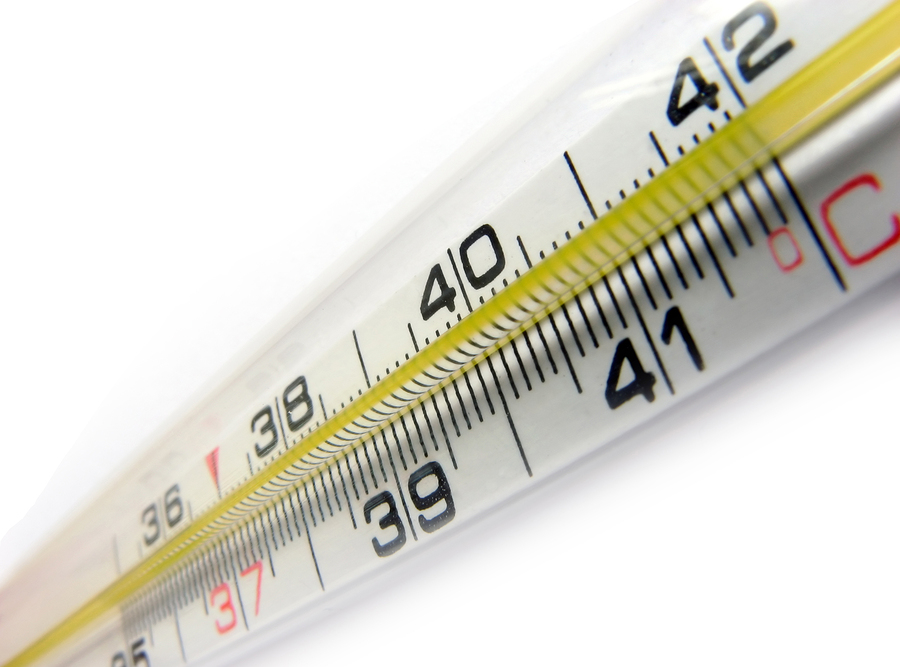



/https://www.thespec.com/content/dam/thespec/life/health-wellness/2020/01/16/average-normal-body-temperature-isn-t-98-6-anymore-and-it-s-getting-lower-research-shows/B881014694Z.1_20200116133940_000_GHGRTK17.2-0_Gallery.jpg)

:max_bytes(150000):strip_icc()/dog-normal-body-temperature-1118294-FINAL-5be49caac9e77c0026dd0636.png)

